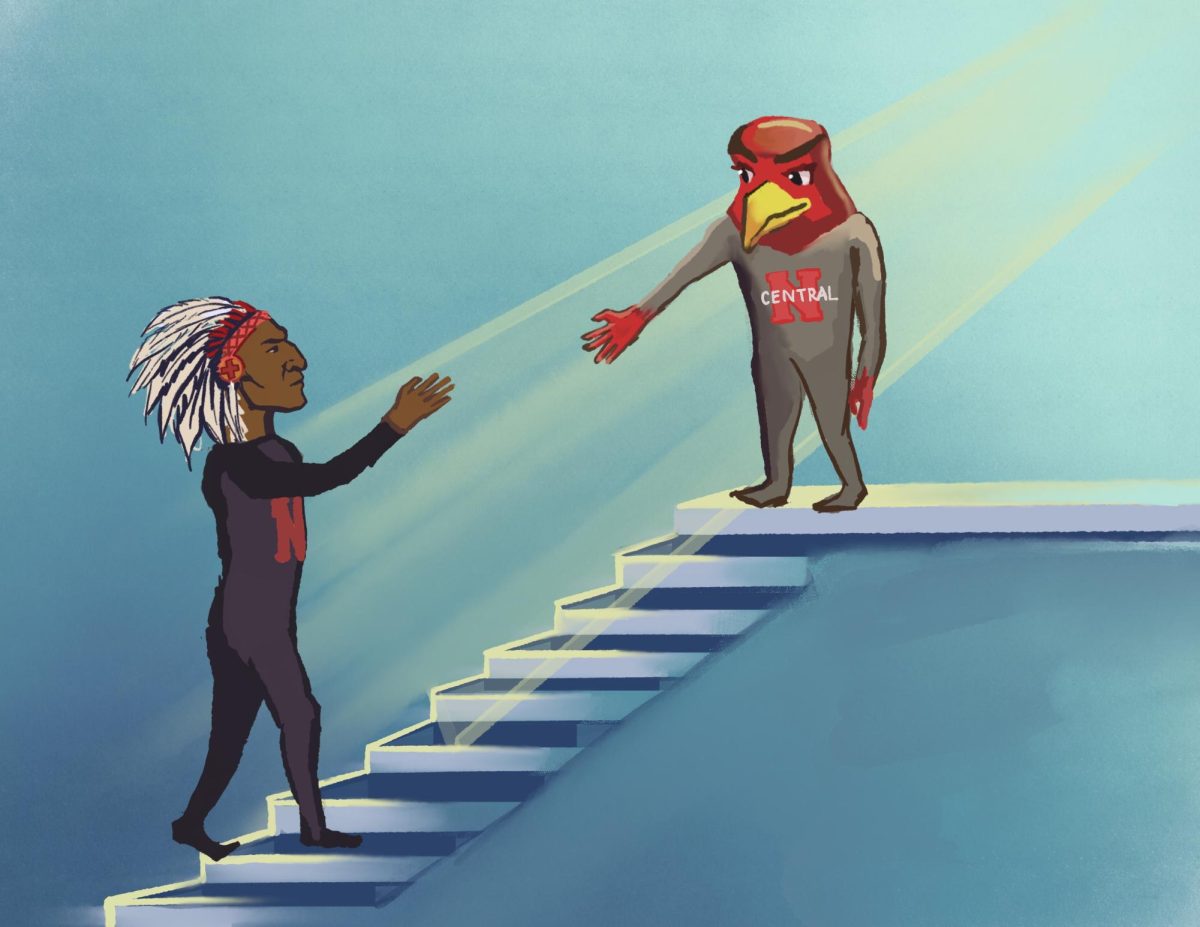An Illinois house bill seeking to ban high schools from using Native American mascots passed the House on April 10, and is now being considered by the state Senate. House Bill 1237 seeks to require school boards to prohibit schools from using a native name, logo or mascot.
In July 1992, Naperville Central ditched its Redskin mascot after 54 years following a school board vote to ban offensive mascots. According to a 1992 article in the Chicago Tribune, the change marked the first high school in Illinois to abandon an offensive mascot.
The current bill has seen its fair share of opposition from those who would be affected by the change, which includes over 1,300 witness slips filed in opposition to the bill compared to just over 200 as proponents of the bill. Various school boards who would be affected by the legislation have also spoken out against the bill.
During the renaming process, the Naperville Central community was similarly up in arms over the change. After two board votes, a claimed 93% of the student body opposing the change, a boycott of voting for a new name, and a lawsuit filed by a group of students, the Redskins were finally renamed as the Redhawks on Oct. 21, 1992.
Thirty years later, and all that remains is one mural of the former mascot outside of Central’s main gym. Central’s community is just as strong, our crowds at football games are just as loud and students wear merchandise just as proudly. The change didn’t hurt us; it in fact strengthened our community bond as a school without such a divisive term representing our student body.
Mascots themed around Native Americans or iconography associated with their culture serves little practical purpose. At worst, they are flat-out derogatory — Merriam-Webster defines Redskin as “used as an insulting and contemptuous term for an American Indian” — or they appropriate a culture that the majority of the student body does not identify or have personal experience with.
Many opponents of changing mascots from something associated with Native Americans cite traditions or are meant to “honor” Native Americans. Yet who are majority non-Native American schools to decide what will “honor” someone else’s culture?
Numerous Native American groups have spoken out and are against the protection of these mascots including the Association on American Indian Affairs who states “Using these harmful stereotypes perpetuates a long history of uninformed depictions of Native Peoples and violence, as well as undermines the educational learning environment.”
Under one of the bill’s exceptions, in cases where a school’s mascot is named after a federally recognized tribe, a school can continue using the name as their mascot if they obtain written permission from said tribe. This would help ensure that a school is truly honoring that culture and that they appreciate the name. The bill allows schools until July 1, 2026, to approve a name change, and change all materials that contain iconography by Sept. 1, 2030, which is meant to decrease the monetary effect of the legislation on changing a school’s branding.
A mascot should unite a student body, not divide it. At Naperville Central, the change from Redskin to Redhawk proved that a school can move forward while still preserving school spirit. Schools that currently have mascots associated with Native American culture will more likely than not unite around a new mascot that all can rally behind.
As one Naperville Central junior remarked in the 1992-93 yearbook, “school spirit has taken a strange twist. Redskin enthusiasm is as strong as ever, but Redhawk is the name.”
We hope that this can be a similar case for many other schools if the legislation is passed.






Jay Rosenstein • May 14, 2025 at 7:25 pm
Great job! Your editorial displays a depth of understanding of this issue that I have rarely seen among adults, let alone high school students. I am a retired University of Illinois professor and, in fact, am an expert on this issue, having researched it for more than 30 years and producing and directing the seminal documentary film on the issue, “In Whose Honor?”
Well done kids; you should be proud.